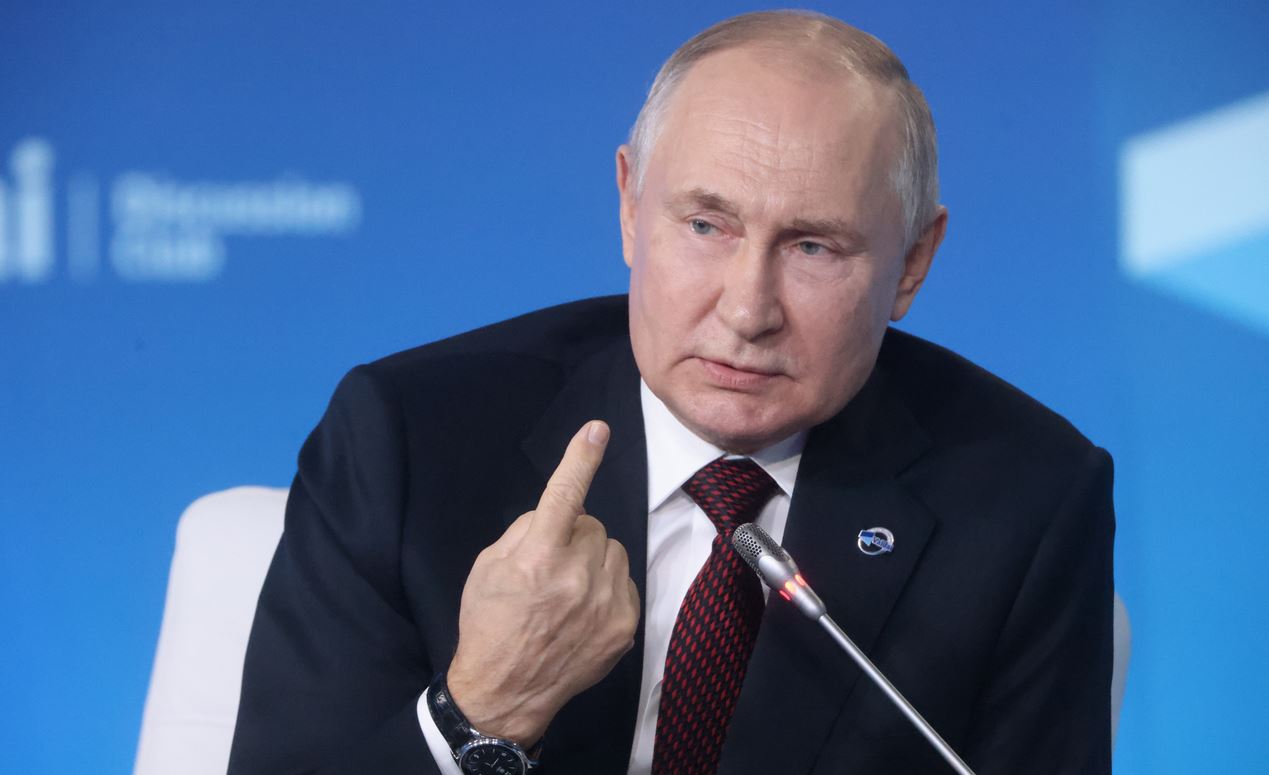Putin’s Assertions and the Potency of ‘Storm Petrel’ Russia Nuclear Missiles

Putin’s recent statements, highlight Russia nuclear missiles’ formidable capabilities, including the ‘Storm Petrel’s’ remarkable range and stealth.(Photo: newsweek)
Understanding the ‘Storm Petrel’, Russia Nuclear Missiles Capabilities and Global Implications
According to livemint.com, recent statements by Russian President Vladimir Putin concerning Russia’s nuclear capabilities, particularly the ‘Storm Petrel’ missile (Burevestnik in Russian) have ignited global interest. Putin, following the invasion of Ukraine in February 2022, has consistently underscored the might of Russia nuclear missiles and issued stern warnings against any potential use of nuclear weapons against Russia firmly asserting that Russia possesses hundreds of missiles capable of obliterating any adversary.
The ‘Storm Petrel’ missile renowned for its ground-launched, nuclear-capable and nuclear-powered features, boasts an impressive range of up to 20,000 km, a testament to the formidable nature of Russia nuclear missiles. This remarkable range signifies that when positioned anywhere in Russia, the missile holds the capability to target locations in the United States further highlighting the potency of Russia nuclear missiles.
Notably, it possesses the ability to fly at exceptionally low altitudes ranging from 50 to 100 meters, rendering it elusive to air-defense radars—a characteristic acknowledged by the United States Air Force’s National Air and Space Intelligence Center as early as 2020.
Challenges and Game-Changing Features of the ‘Storm Petrel’ in Russia Nuclear Missiles Arsenal
The development of the ‘Storm Petrel’ missile, which is a key component of Russia nuclear missiles, has faced numerous challenges, including historical test failures and a tragic explosion in 2019 that resulted in the loss of five Russian nuclear specialists, raising questions about its testing.
Western skepticism persisted regarding its actual deployment, with some experts estimating a potential decade-long timeline for operational readiness. What sets this missile apart is its ability to stay airborne for extended periods, potentially spanning days, which could reshape nuclear strategy by evading global defenses and enabling unpredictable strikes.
These recent advancements in Russia’s strategic systems have the potential to complicate Moscow-Washington negotiations on nuclear weapons limits, especially after Russia’s withdrawal from the New START treaty earlier this year. This treaty, critical for controlling nuclear arsenals is set to expire in 2026, posing significant implications for the landscape of Russia nuclear missiles.
READ ALSO: Russia and Ukraine Conflict, Majority of Americans Disapprove of Biden’s Handling, Poll Reveals
























